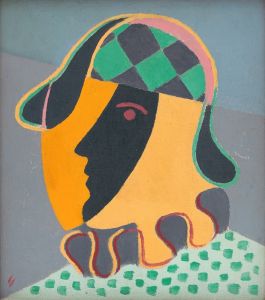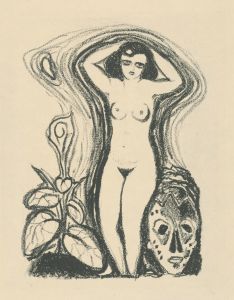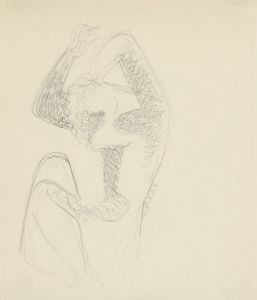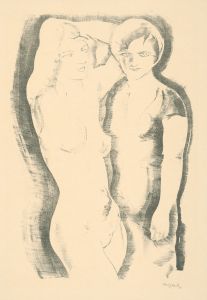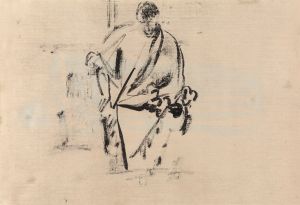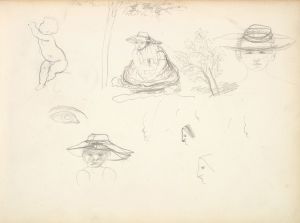
Ženský akt
A hand-painted replica of Mikuláš Galanda’s masterpiece Ženský akt, meticulously crafted by professional artists to capture the true essence of the original. Each piece is created with museum-quality canvas and rare mineral pigments, carefully painted by experienced artists with delicate brushstrokes and rich, layered colors to perfectly recreate the texture of the original artwork. Unlike machine-printed reproductions, this hand-painted version brings the painting to life, infused with the artist’s emotions and skill in every stroke. Whether for personal collection or home decoration, it instantly elevates the artistic atmosphere of any space.
Mikuláš Galanda was a prominent Slovak painter and illustrator, known for his significant contributions to modern Slovak art in the early 20th century. One of his notable works is "Ženský akt," which translates to "Female Nude." This painting is an exemplary piece that showcases Galanda's unique style and his approach to modernism, which was influenced by various European art movements of the time.
Galanda was born on November 4, 1895, in Turčianske Teplice, then part of the Austro-Hungarian Empire. He studied at the Academy of Fine Arts in Budapest and later in Prague, where he was exposed to contemporary art trends that shaped his artistic vision. His work is characterized by a synthesis of traditional Slovak motifs and modernist techniques, reflecting the cultural and social changes of his era.
"Ženský akt" is a testament to Galanda's skill in blending these influences. The painting depicts a nude female figure, a common subject in art history, but Galanda's interpretation is distinct. He employs a modernist approach, using simplified forms and a muted color palette to focus on the essence of the figure rather than detailed realism. This abstraction is indicative of the broader modernist movement, which sought to break away from the conventions of academic art and explore new ways of expression.
Galanda's work, including "Ženský akt," often features a harmonious balance between form and color, creating a sense of tranquility and introspection. His use of line is particularly noteworthy; it is both fluid and precise, guiding the viewer's eye across the canvas and emphasizing the contours of the human body. This technique highlights Galanda's mastery of composition and his ability to convey emotion through minimalistic means.
The cultural context of Galanda's work is also significant. During the early 20th century, Slovakia was undergoing a period of national awakening, and artists like Galanda played a crucial role in defining a Slovak identity through art. By incorporating elements of Slovak folklore and tradition into his modernist works, Galanda contributed to a burgeoning national art scene that sought to assert its place within the broader European context.
"Ženský akt" is not only a reflection of Galanda's artistic prowess but also a piece that embodies the spirit of its time. It represents a dialogue between the past and the present, tradition and innovation. Galanda's ability to navigate these dualities makes his work enduringly relevant and appreciated in the history of Slovak art.
Mikuláš Galanda passed away on June 5, 1938, but his legacy lives on through his contributions to modern art. His works, including "Ženský akt," continue to be studied and admired for their artistic merit and cultural significance. They offer insight into a pivotal moment in Slovak history and the evolution of modern art in Central Europe.







